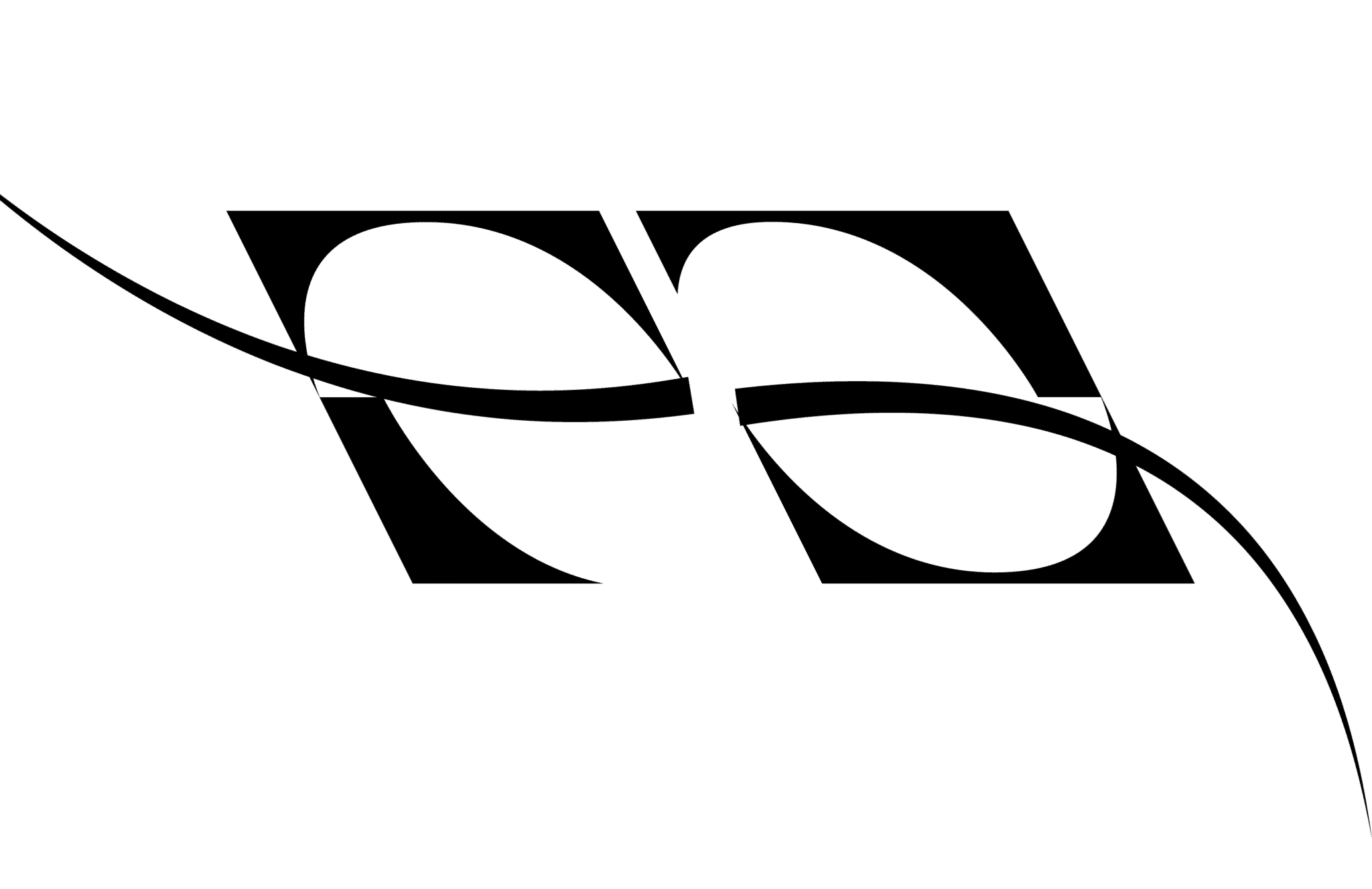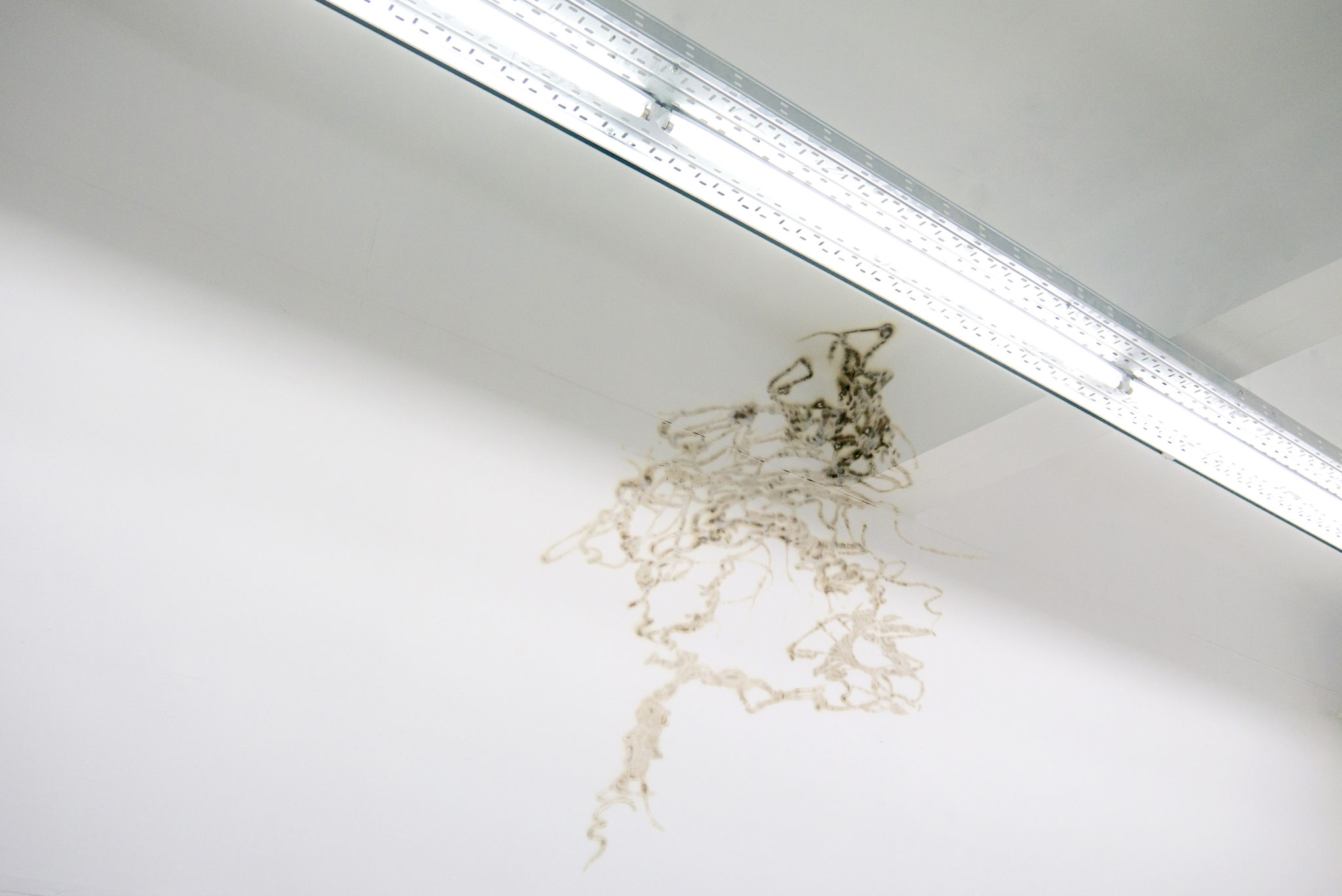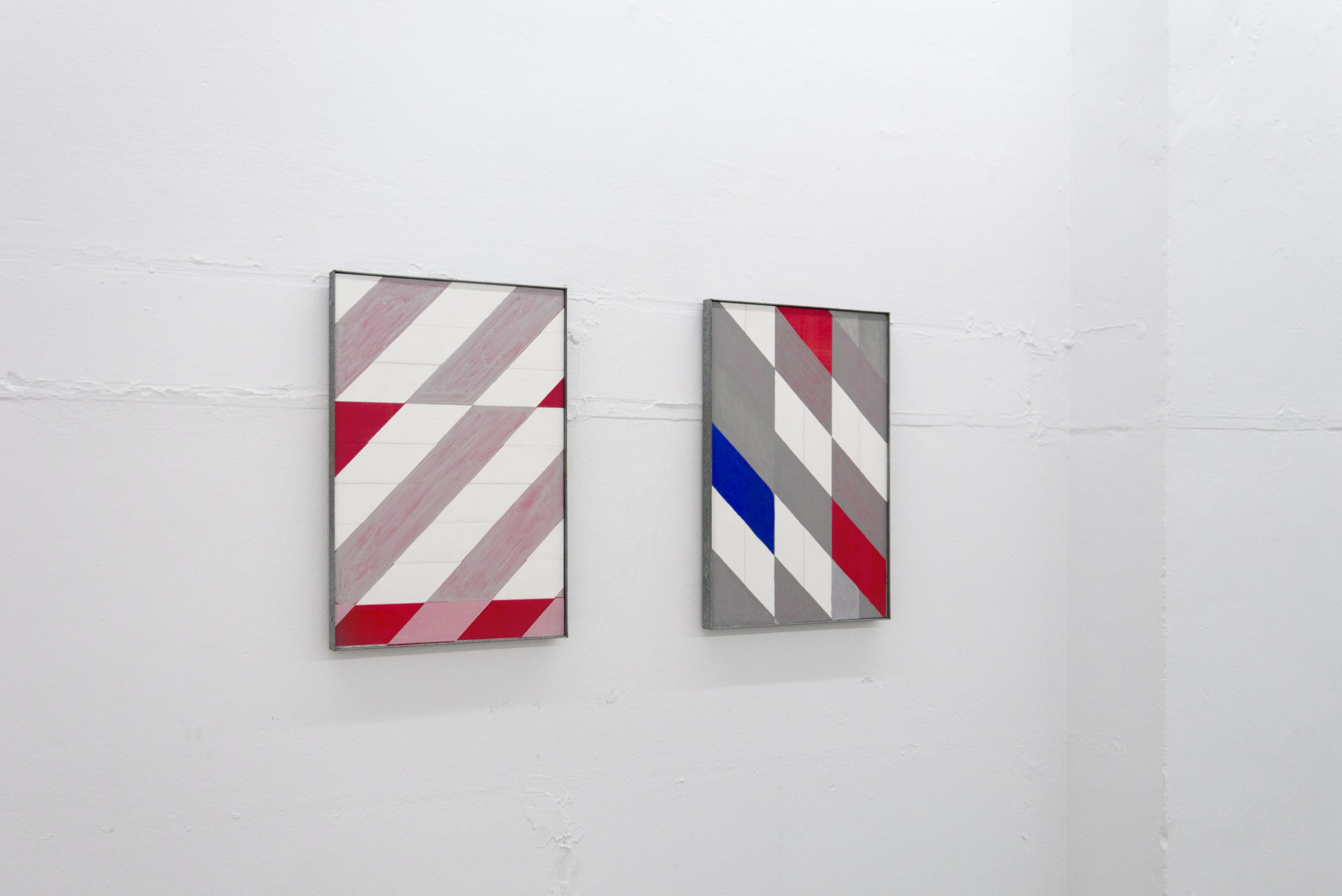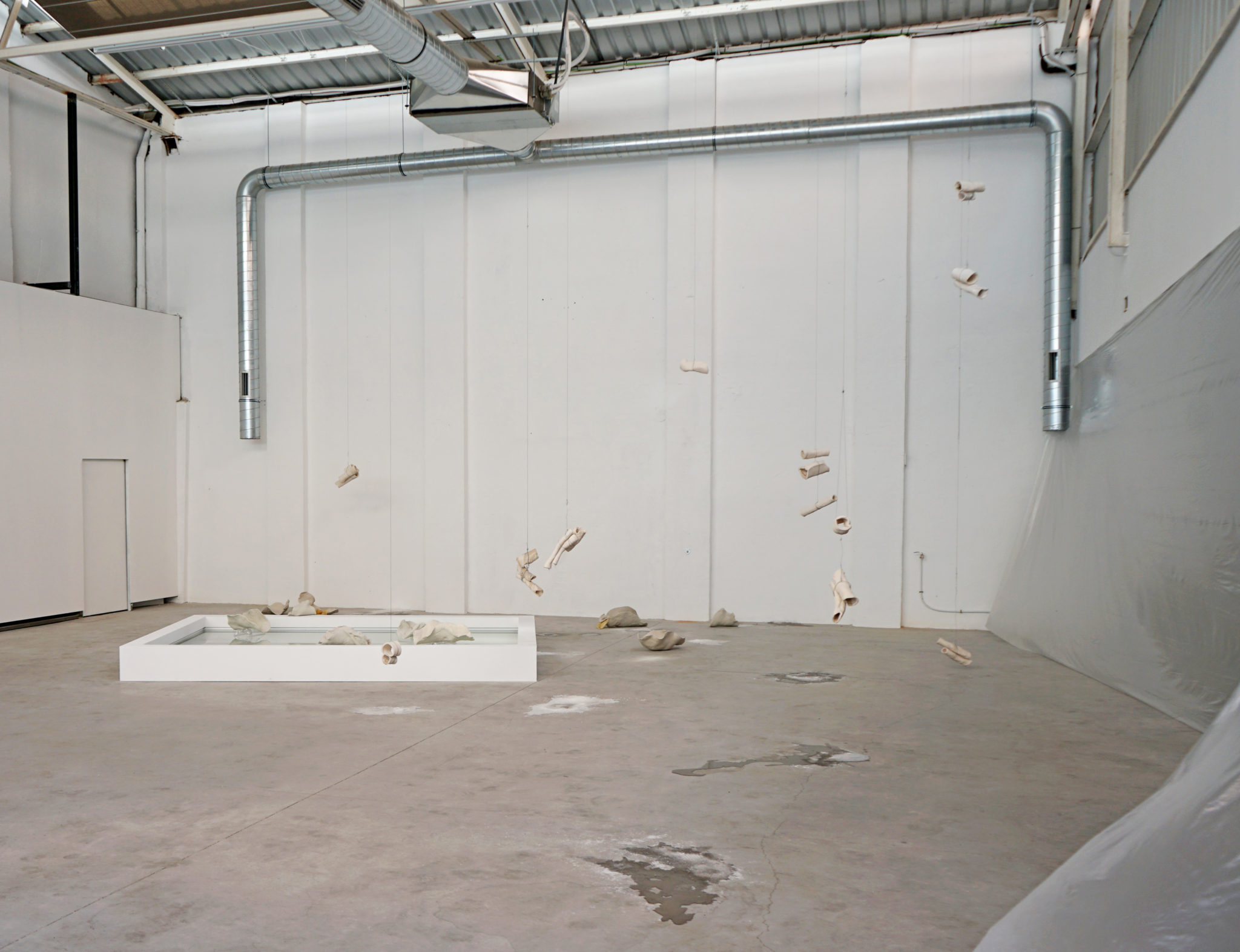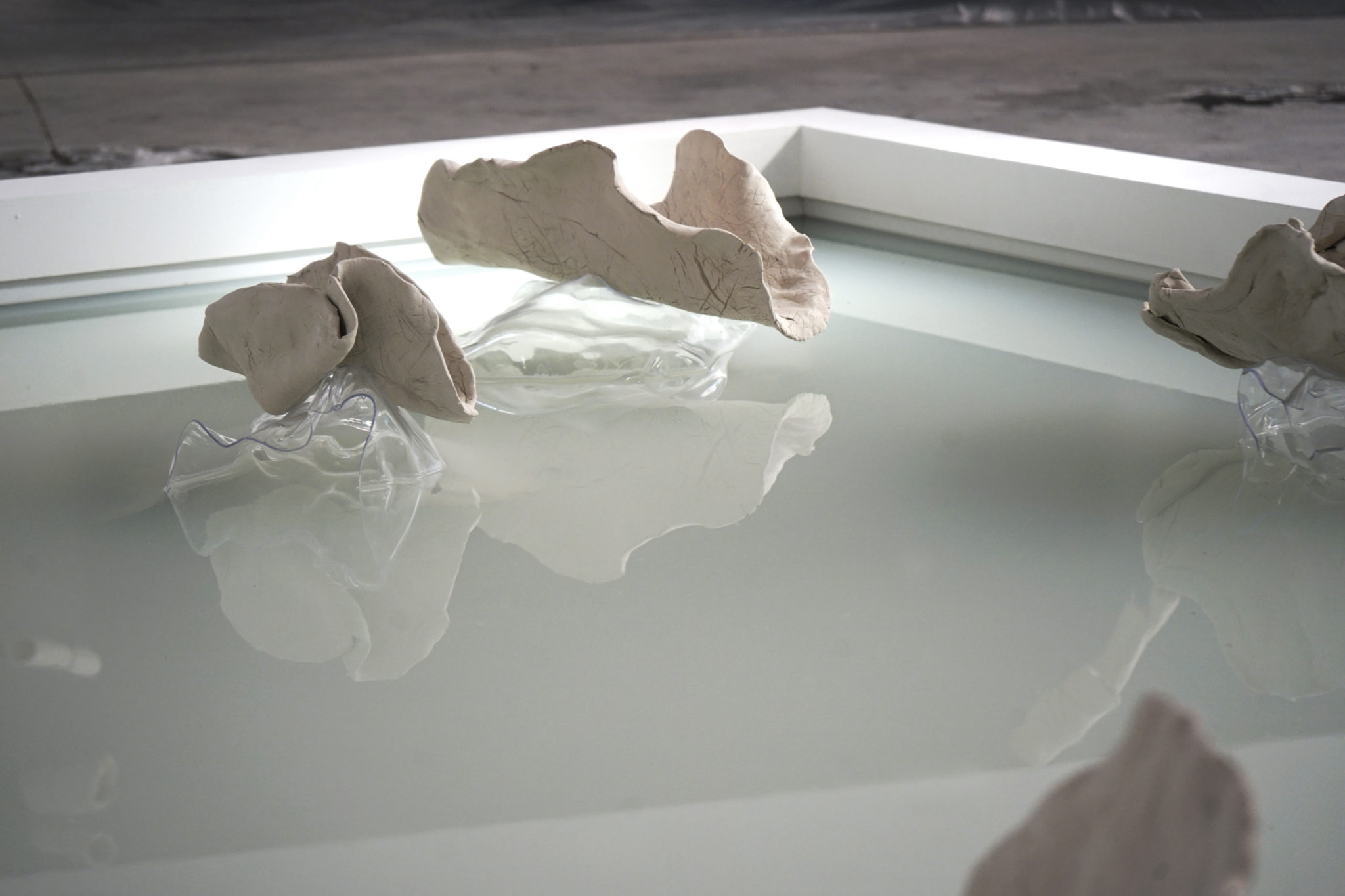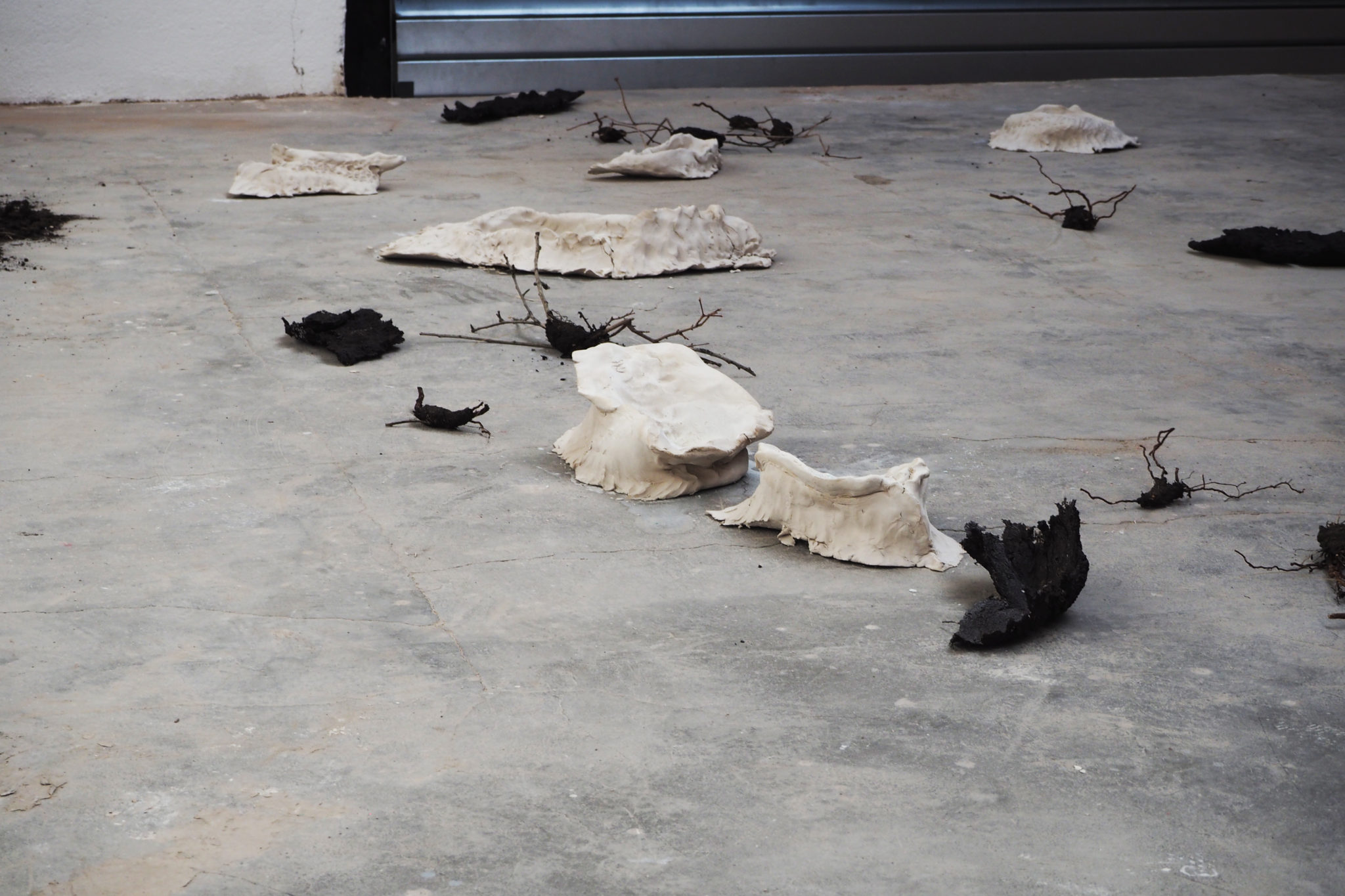Month: July 2021
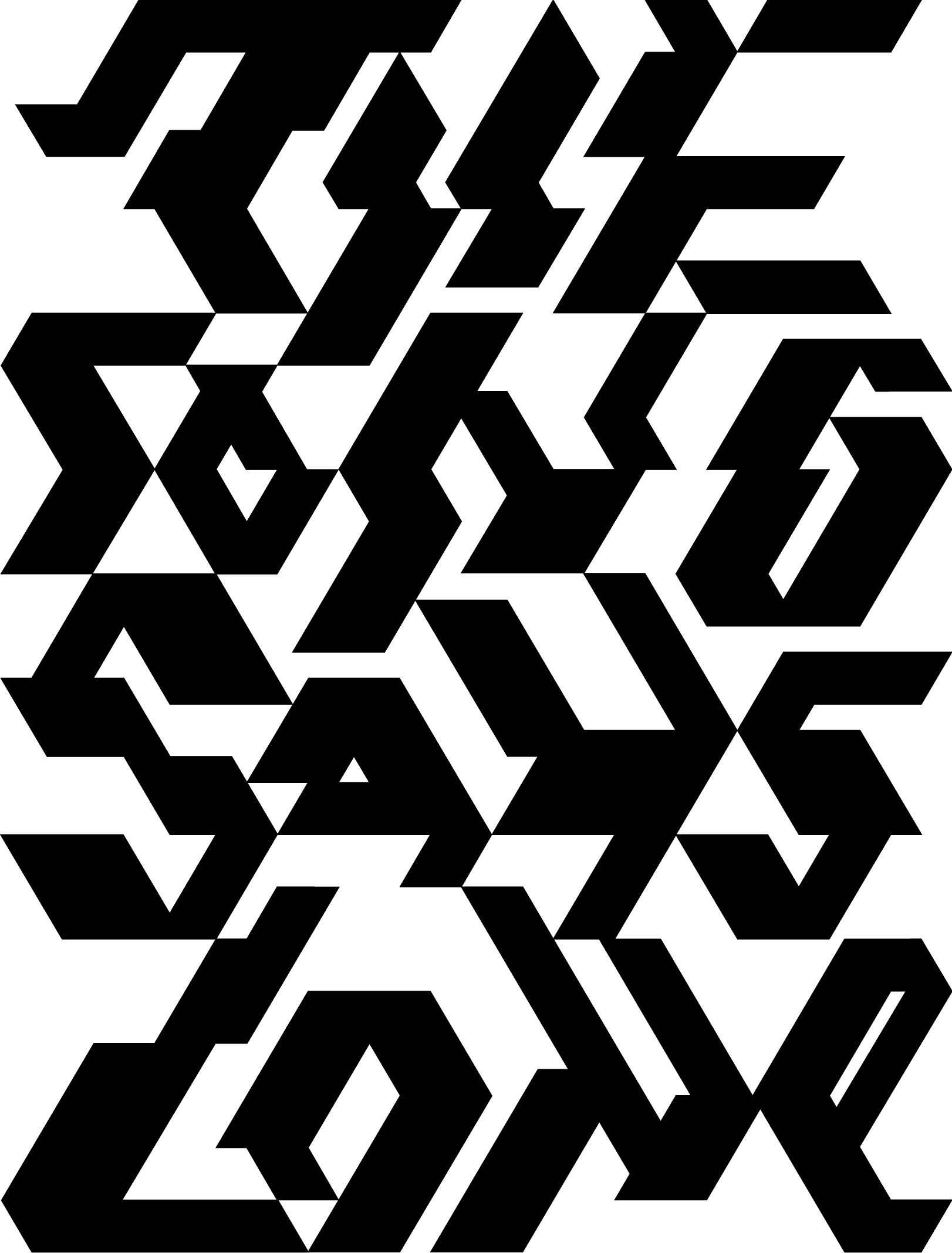
03.07.21 –
04.09.21
The Tongue Says Loneliness
This exhibition brings together six artists whose work explores language and delves into its codes, failures and capacity to act as a trap. From different visual languages, the works propose gestures, processes, materials and actions that slip and separate themselves from the rigid ideal of language, imagining new codes of contact. The works in this exhibition disarticulate languages and reinvent them through randomness, repetition, deviation and superposition.
The title recalls a poem by the writer Jane Hirshfield "The tongue says loneliness, anger, grief, but does not feel them (...)". In her texts, the author addresses themes such as the functioning of the metaphorical mind, translation, the search for resistance through poetry, surprise, uncertainty and paradox.
Curated together with Vera Martín Zelich
The title recalls a poem by the writer Jane Hirshfield "The tongue says loneliness, anger, grief, but does not feel them (...)". In her texts, the author addresses themes such as the functioning of the metaphorical mind, translation, the search for resistance through poetry, surprise, uncertainty and paradox.
Curated together with Vera Martín Zelich
Michael Dean
(Newcastle, 1977) lives and works in London. He graduated from Goldsmiths, University of London in 2001 with a BA Fine Art (Studio Practice and Contemporary Critical Theory). In 2016, Dean was a Turner Prize nominee and in 2018, he was nominated for the Hepworth Prize for Sculpture. Dean's solo exhibitions include Government at Henry Moore Institute (2010), Qualities of Violence at De Appel arts centre, Amsterdam (2015), Sic Glyphs at South London Gallery (2016), Lost True Leaves at the Nasher Sculpture Center in Dallas, Texas, U.S.A. (2016), Tender Tender at Westphalian State Museum of Art and Cultural History, Munster and Stamen Papers at Fondazione Giuliani, Rome (2016).
Anna Dot
(Vic, 1991) lives and works between Barcelona and Torelló. She is dedicated to artistic practice, through which she carries out various explorations of language. She has exhibited in different spaces in Barcelona and Tarragona, as well as in Mexico and Germany. She complements her artistic production with theoretical research at the Department of Translation, Interpreting and Applied Languages of the University of Vic. She also writes art criticism for A*Desk and Encuentros and teaches at the School of Visual Arts in Torelló and at La Farinera in Vic. She is co-founder of the collectives Murió de Frío and Supterranis (organisers of the Festival Plaga) and member of the visual arts commission of the Festival Festus, Torelló.
Elisa Pardo Puch
Elisa Pardo Puch (1988, Madrid). After completing her Bachelor's Degree in Fine Arts at the UCM at the CES Felipe II in Aranjuez in 2014, she obtained a Master's Degree in Contemporary Art History and Visual Culture from the Universidad Autónoma de Madrid and the Universidad Complutense de Madrid in 2017. Previously, in 2010, she completed her Higher Studies in Design at the Escuela de Arte no10 in Madrid, and in 2009, she was the beneficiary of an Erasmus scholarship at the École Duperré in Paris.
She has participated in numerous exhibitions such as ‘Metal Heart: lo que pesa’ at Departamento, Bilbao; ‘Bajo el cielo de la noche’ at Boiler Room, Luis Adelantado Gallery, Valencia; and ‘A Strange Fairytale’ at Pradiauto Gallery, ArteSantander, Santander; or ‘La Espera’, also with Pradiauto, in Madrid. In addition, her work has been part of various group exhibitions, such as the group presentation of the Miquel Casablancas Prize 2023 in Barcelona; ‘Malas Hierbas’ at CasaBanchel, Madrid, in 2024; ‘Una exposición oral’ at Sant Andreu Contemporani, Barcelona; and ‘Garden Shed’ at Villa Bergerie, in Huesca, in 2023, among others.
Elisa Pardo Puch has also participated in various artistic residencies, such as the current one at GlogauAIR, Berlin, from January to June 2024, where she created the work for the exhibition Quienes vagan curiosos por mil maravillas; the Residency at Villa Bergerie, Pollock-Krasner Foundation, Huesca, 2023; Artist in Residence Munich, 2022; or the Matadero Artist Residency Programme. CRA Matadero, Madrid, 2020. Pardo Puch has received numerous awards such as the Miquel Casablancas Prize (finalist), Barcelona, 2023; Acquisition Prize at Nada Sobra, Nebrija University, Madrid, 2017; and Special Mention at Getxoarte, Bilbao, 2016.
She has participated in numerous exhibitions such as ‘Metal Heart: lo que pesa’ at Departamento, Bilbao; ‘Bajo el cielo de la noche’ at Boiler Room, Luis Adelantado Gallery, Valencia; and ‘A Strange Fairytale’ at Pradiauto Gallery, ArteSantander, Santander; or ‘La Espera’, also with Pradiauto, in Madrid. In addition, her work has been part of various group exhibitions, such as the group presentation of the Miquel Casablancas Prize 2023 in Barcelona; ‘Malas Hierbas’ at CasaBanchel, Madrid, in 2024; ‘Una exposición oral’ at Sant Andreu Contemporani, Barcelona; and ‘Garden Shed’ at Villa Bergerie, in Huesca, in 2023, among others.
Elisa Pardo Puch has also participated in various artistic residencies, such as the current one at GlogauAIR, Berlin, from January to June 2024, where she created the work for the exhibition Quienes vagan curiosos por mil maravillas; the Residency at Villa Bergerie, Pollock-Krasner Foundation, Huesca, 2023; Artist in Residence Munich, 2022; or the Matadero Artist Residency Programme. CRA Matadero, Madrid, 2020. Pardo Puch has received numerous awards such as the Miquel Casablancas Prize (finalist), Barcelona, 2023; Acquisition Prize at Nada Sobra, Nebrija University, Madrid, 2017; and Special Mention at Getxoarte, Bilbao, 2016.
Beatriz Olabarrieta
(Bilbao, 1979) lives and works between London and Berlin. She holds a degree in Philosophy from the University of Deusto, another in Sculpture from the Wimbledon School of Art (London) and a master's degree in Sculpture from the Royal College of Art (London). Her solo exhibitions include: Stay Twice, Bielefelder Kunstverein, Bielefeld, Germany (2019); Faces, Espai 13, Joan Miró Foundation, Barcelona, Spain (2019); Ask the Dust, Museum of Contemporary Art of Santa Barbara, California, USA (2018-19); New Clear Family, Frankfurt am Main, Berlin, Germany (2018); The only way out is in, The Sunday Painter, London, UK (2017); Book! Don't tell me what to do, Parallel Oaxaca, Mexico City, Mexico (2017); Dumb Bells, Saturdays Live, Serpentine Galleries, London, UK (2016); Cosmic Clap, MOT International, London; UK (2015); Motor Motor, Praxis, Artium, Centro-Museo Vasco de Arte Contemporáneo, Vitoria-Gasteiz, Spain (2012). Recently, she was part of the curatorial project Absolute Beginners at CentroCentro, Madrid, Spain (2020).





